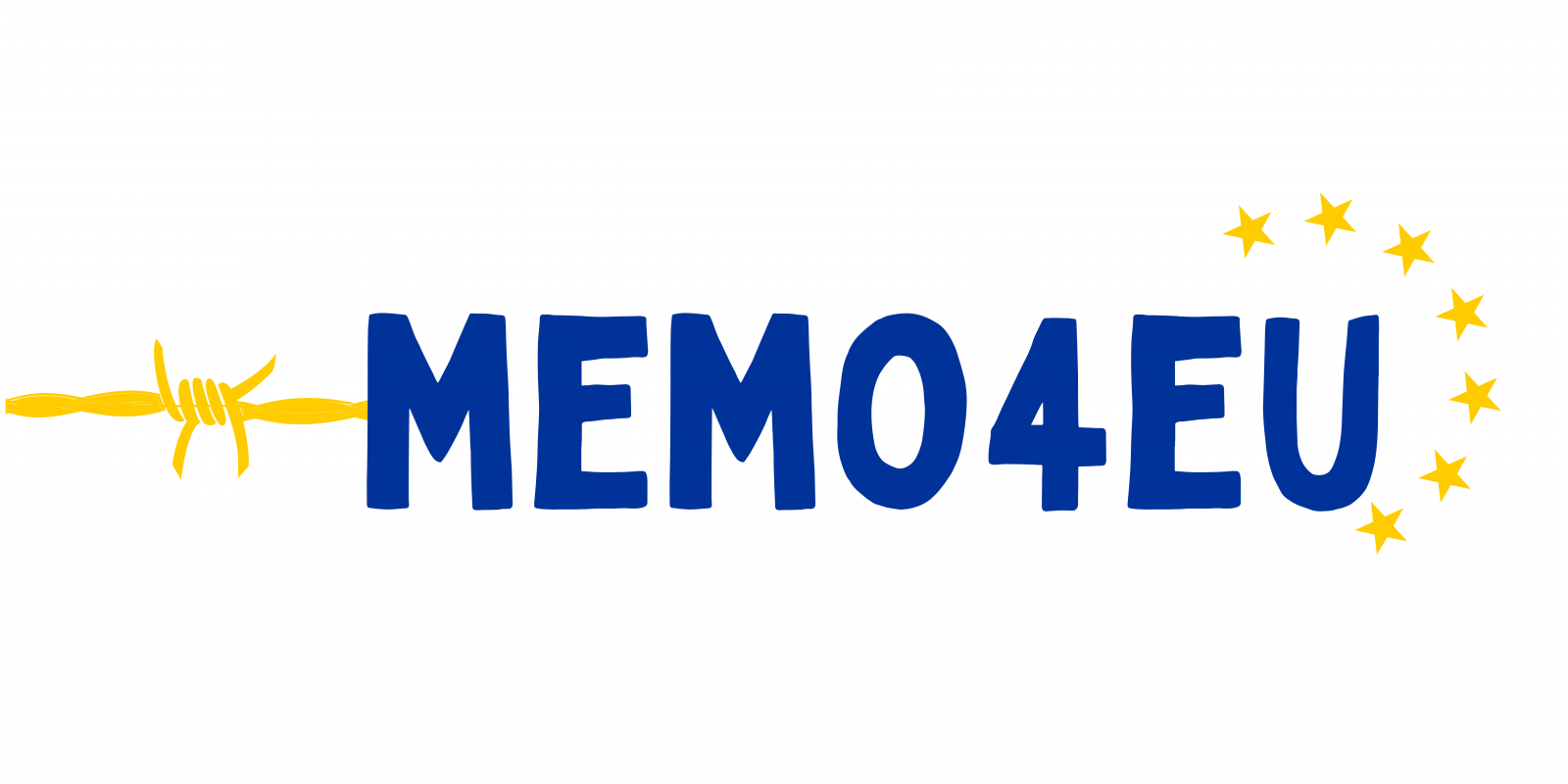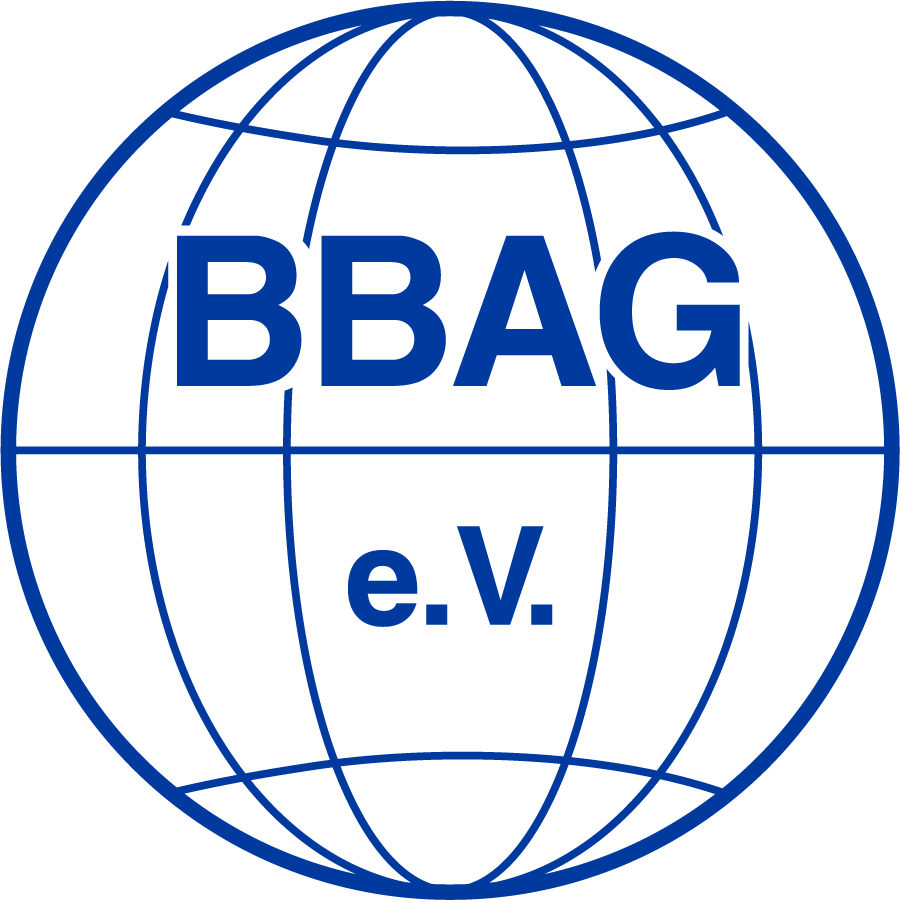
MEMO4EU
MEMORY FOR EUROPE. Remembering the Past to interpret the Present and build the Future
Duration: January 2025 – November 2026
Partners
Città Metropolitana di Torino
Italy (Coordinator)
Italy
Fondazione 1563
Italy
Spostiamo Mari e Monti APS
Italy
University of Turin
Italy
Europe Direct Lyon / Union Regionale Des Acteurs Locaux de L’Europe en Auvergne Rhone-Alpes
France
Poland
BBAG e.V.
Germany
Bollengo | Burolo | Cavour | Ciriè | Lanzo Torinese | Montaldo Torinese | San Mauro Torinese | Settimo Torinese | Strambino
Project leader
Città Metropolitana di Torino
Italy
EU Programme
Citizens, Equality, Rights and Values Programme (CERV) / European Remembrance


Short description of the project
MEMORY FOR EUROPE. Remembering the Past to interpret the Present and build the Future is an european project coordinated by Città Metropolitana di Torino and funded by the European Union through the CERV programme – Citizens, Equality, Rights and Values.
PROJECT OBJECTIVES
The project’s objectives are part of an educational and training path aimed at young people, designed to strengthen the memory of the Holocaust as a tool for interpreting the present and building an aware and active European citizenship. Through an innovative and inclusive approach, the project seeks to enhance the role of new generations in transmitting memory, promoting intercultural dialogue, respect for human rights, and the fight against all forms of discrimination. The project objectives can be divided into several areas of intervention, such as:
OVERCOMING TEMPORAL BOUNDARIES. Connecting past and present through direct experiences in places of memory.
OVERCOMING GEOGRAPHICAL BOUNDARIES. Involving young people from different European countries (Italy, France, Germany, Poland) in shared activities in symbolic Holocaust remembrance sites.
OVERCOMING CONVENTIONAL HISTORIOGRAPHY. Offering alternative historical perspectives, including narratives of women, LGBTQIA+ people, Roma and Sinti communities, and people with disabilities.
DEVELOPING CRITICAL SKILLS. Training young people in fact-checking, critical information analysis, and new methods of transmitting memory.
PROMOTING INDIVIDUAL RESPONSIBILITY AND CIVIC ENGAGEMENT. Strengthening the sense of belonging to European values and identification with a shared history.
What’s included in the Project?
🗣️TRAINING ACTIVITIES
The training activities form the beating heart of the project and are structured in four main modules:
„REMEMBERING TO EDUCATE: HISTORY AND VALUES“. Sessions dedicated to the historical understanding of the Holocaust: its causes, dynamics, places, and protagonists. Work will be carried out with educational material, historical testimonies, and multimedia content.
„REMEMBERING TO EDUCATE: THE PYRAMID OF DISCRIMINATION“. This module delves into the concept of systemic and progressive discrimination, analyzing the histories of minority groups less represented in traditional historiography (women, LGBTQIA+ people, Roma and Sinti, people with disabilities). It also includes reflections on EU strategies for equality and inclusion.
„REMEMBERING TO EDUCATE: PEER EDUCATION ACTIVITIES“. Non-formal peer-to-peer educational activities: workshops, role-playing, guided discussions, case studies, and interactive sessions to stimulate critical thinking and experiential sharing.
„REMEMBERING TO EDUCATE: DIGITAL TRAINING“. Training on the use of digital media to transmit memory in innovative ways. Young participants will learn storytelling techniques, content production, and communication on social media.
🛤️VISITS TO PLACES OF MEMORY
A fundamental part of the project consists of direct experiences in symbolic Holocaust remembrance sites, such as the concentration camps of Mauthausen, Hartheim, Theresienstadt, Lidice, and Auschwitz-Birkenau.
🧩 CREATION OF EDUCATIONAL TOOLS
To make content and experiences sustainable and replicable, the project foresees the production of two main tools:
EDUCATIONAL REMEMBRANCE KIT. A multimedia teaching kit co-created by young participants, intended for schools and teachers. It will contain in-depth materials, suggested teaching activities, testimonies, and tools to stimulate critical thinking.
REMEMBRANCE GUIDE KIT. A peer-to-peer guide designed to accompany future visits to places of memory. It will be used by associations, local authorities, and educational institutions, offering methodological suggestions, maps, thematic routes, and narrative tools.
🗺️VIRTUAL MAP „MEMOAROUNDEU“
An innovative digital initiative consisting of the creation of an interactive map of remembrance sites, both well-known and lesser-known, in the partner countries. This map will be built and updated by the young participants themselves, with the aim of encouraging exploration of the territory that is aware and connected to history. The map will be accessible via QR code and will include:
Historical sites linked to persecution and resistance (e.g. former asylums, deportation sites, ghettos);
Symbolic sites of minorities;
Thematic insights curated by participants;
Links between past events and contemporary phenomena of hatred and discrimination.
Learn about our Child Protection Policy🚸
